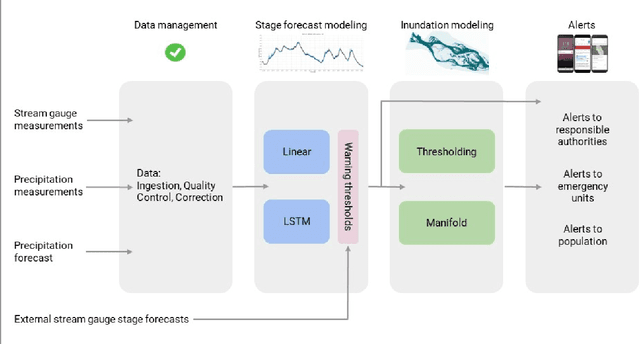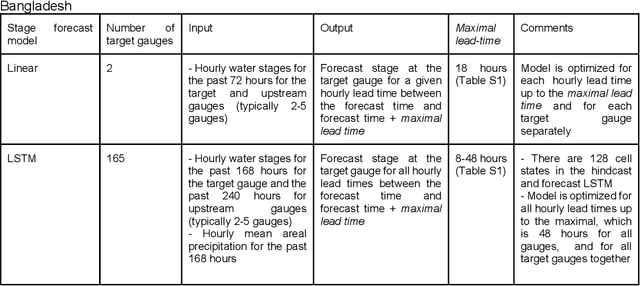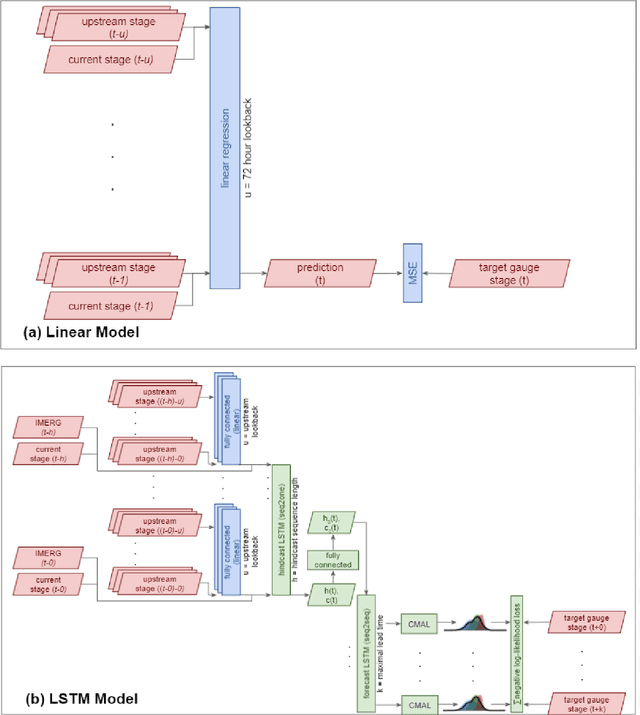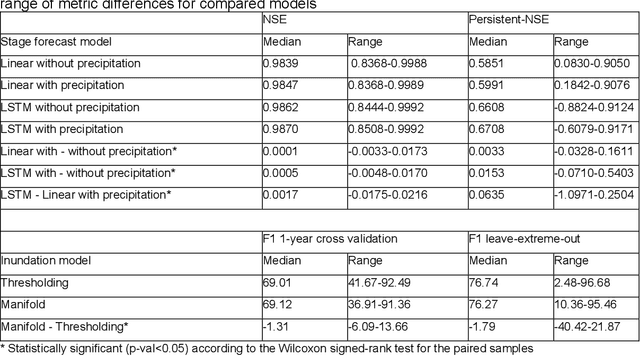Hila Noga
Google Research, Tel-Aviv, Israel
Multi-turn Reinforcement Learning from Preference Human Feedback
May 23, 2024



Abstract:Reinforcement Learning from Human Feedback (RLHF) has become the standard approach for aligning Large Language Models (LLMs) with human preferences, allowing LLMs to demonstrate remarkable abilities in various tasks. Existing methods work by emulating the preferences at the single decision (turn) level, limiting their capabilities in settings that require planning or multi-turn interactions to achieve a long-term goal. In this paper, we address this issue by developing novel methods for Reinforcement Learning (RL) from preference feedback between two full multi-turn conversations. In the tabular setting, we present a novel mirror-descent-based policy optimization algorithm for the general multi-turn preference-based RL problem, and prove its convergence to Nash equilibrium. To evaluate performance, we create a new environment, Education Dialogue, where a teacher agent guides a student in learning a random topic, and show that a deep RL variant of our algorithm outperforms RLHF baselines. Finally, we show that in an environment with explicit rewards, our algorithm recovers the same performance as a reward-based RL baseline, despite relying solely on a weaker preference signal.
Gemini: A Family of Highly Capable Multimodal Models
Dec 19, 2023Abstract:This report introduces a new family of multimodal models, Gemini, that exhibit remarkable capabilities across image, audio, video, and text understanding. The Gemini family consists of Ultra, Pro, and Nano sizes, suitable for applications ranging from complex reasoning tasks to on-device memory-constrained use-cases. Evaluation on a broad range of benchmarks shows that our most-capable Gemini Ultra model advances the state of the art in 30 of 32 of these benchmarks - notably being the first model to achieve human-expert performance on the well-studied exam benchmark MMLU, and improving the state of the art in every one of the 20 multimodal benchmarks we examined. We believe that the new capabilities of Gemini models in cross-modal reasoning and language understanding will enable a wide variety of use cases and we discuss our approach toward deploying them responsibly to users.
Multilingual Sequence-to-Sequence Models for Hebrew NLP
Dec 19, 2022


Abstract:Recent work attributes progress in NLP to large language models (LMs) with increased model size and large quantities of pretraining data. Despite this, current state-of-the-art LMs for Hebrew are both under-parameterized and under-trained compared to LMs in other languages. Additionally, previous work on pretrained Hebrew LMs focused on encoder-only models. While the encoder-only architecture is beneficial for classification tasks, it does not cater well for sub-word prediction tasks, such as Named Entity Recognition, when considering the morphologically rich nature of Hebrew. In this paper we argue that sequence-to-sequence generative architectures are more suitable for LLMs in the case of morphologically rich languages (MRLs) such as Hebrew. We demonstrate that by casting tasks in the Hebrew NLP pipeline as text-to-text tasks, we can leverage powerful multilingual, pretrained sequence-to-sequence models as mT5, eliminating the need for a specialized, morpheme-based, separately fine-tuned decoder. Using this approach, our experiments show substantial improvements over previously published results on existing Hebrew NLP benchmarks. These results suggest that multilingual sequence-to-sequence models present a promising building block for NLP for MRLs.
Flood forecasting with machine learning models in an operational framework
Nov 04, 2021



Abstract:The operational flood forecasting system by Google was developed to provide accurate real-time flood warnings to agencies and the public, with a focus on riverine floods in large, gauged rivers. It became operational in 2018 and has since expanded geographically. This forecasting system consists of four subsystems: data validation, stage forecasting, inundation modeling, and alert distribution. Machine learning is used for two of the subsystems. Stage forecasting is modeled with the Long Short-Term Memory (LSTM) networks and the Linear models. Flood inundation is computed with the Thresholding and the Manifold models, where the former computes inundation extent and the latter computes both inundation extent and depth. The Manifold model, presented here for the first time, provides a machine-learning alternative to hydraulic modeling of flood inundation. When evaluated on historical data, all models achieve sufficiently high-performance metrics for operational use. The LSTM showed higher skills than the Linear model, while the Thresholding and Manifold models achieved similar performance metrics for modeling inundation extent. During the 2021 monsoon season, the flood warning system was operational in India and Bangladesh, covering flood-prone regions around rivers with a total area of 287,000 km2, home to more than 350M people. More than 100M flood alerts were sent to affected populations, to relevant authorities, and to emergency organizations. Current and future work on the system includes extending coverage to additional flood-prone locations, as well as improving modeling capabilities and accuracy.
 Add to Chrome
Add to Chrome Add to Firefox
Add to Firefox Add to Edge
Add to Edge